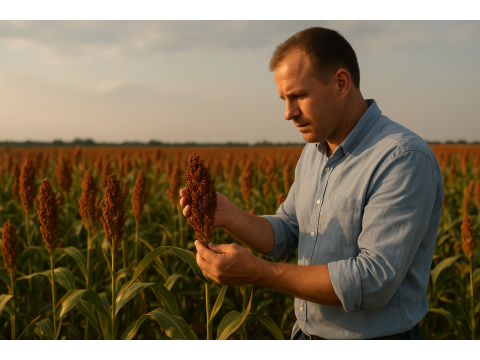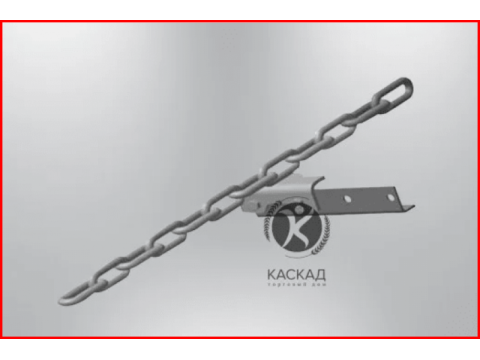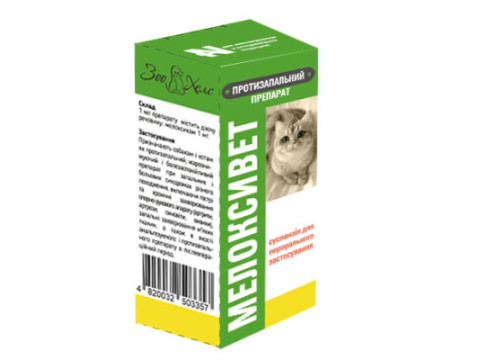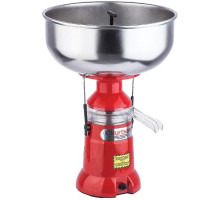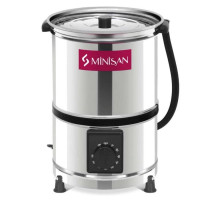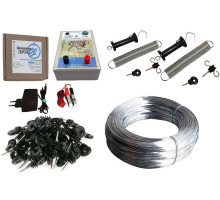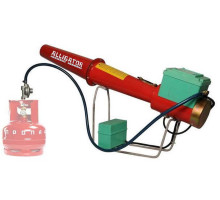Growing niche crops: how to switch from wheat to something more profitable
For decades, Ukraine was considered the breadbasket of Europe, and wheat was a symbol of stability and a staple crop for most farmers. But recent years have shown that relying solely on grains is risky. Prices fluctuate, costs rise, and profits often fall short of expectations. That is why farmers are starting to pay attention to niche crops — less common but more profitable areas of agribusiness.
What are niche crops? They are not just “exotics”. These are products that are bought at a higher price because they are in short supply on the market. Chickpeas, lentils, amaranth, quinoa, coriander, flax, medicinal herbs — all of these are in demand in the EU, the Middle East, and the USA. The trend for healthy eating and organic products only increases their popularity.
Why you should consider giving up wheat
For many farmers, wheat remains a “comfort zone.” However, the economics say otherwise:
- Low margin. Even with good yields, net profit per hectare often does not exceed $200–300.
- High costs. Expensive fertilizers, fuel, and logistics to ports eat up most of the revenue.
- Climatic risks. Drought, downpours, sharp temperature drops - and yields drop by a third.
- Dependence on world prices. The farmer cannot influence the market conditions, and traders dictate their terms.
While niche crops, with the right approach, yield double or even triple the profit.
TOP-10 niche crops that are profitable to grow in Ukraine
1. Chickpeas
A symbol of healthy eating. Drought-resistant, enriches the soil with nitrogen, suitable for export. Demand in the EU is growing steadily, the price is 2–3 times higher than wheat. Profitability can exceed 50%.
2. Lentils
A valuable protein crop. In Ukraine, it still occupies small areas, but in India and Turkey it is a strategic product. For farmers, this is a chance to enter global markets.
3. Amaranth
The culture of the future. Used in the production of oil, dietary products, feed. Drought-resistant, undemanding to soils. Demand is growing in the pharmaceutical and food industries.
4. Quinoa
A "superfood" from South America, which is already actively sold in EU supermarkets. Ukraine has climatic zones suitable for growing this crop. Export prospects are extremely high.
5. Flaxseed
Export-oriented crop. Flax seeds are actively purchased for the production of oil, flour and feed. In Ukraine, flax cultivation is increasing due to stable demand in Europe.
6. Coriander
A spice with high added value. Used in cooking, medicine, and cosmetics. Demand is stable, and the crop is unpretentious in cultivation.
7. Sorghum
It is drought tolerant, can be used as feed and as a grain crop. In southern regions, it is becoming an alternative to corn.
8. Mustard
Widely used in the food industry and for bioenergy production. Resistant to climate change, can be grown on poor soils.
9. Garlic
High profitability, stable demand in the EU and domestic market. An important condition is quality and proper storage.
10. Medicinal herbs
Melissa, mint, chamomile, lavender. Used in pharmaceuticals, cosmetics, food industry. The market is growing rapidly due to the trend for natural products.
Profitability comparison: wheat vs niche crops
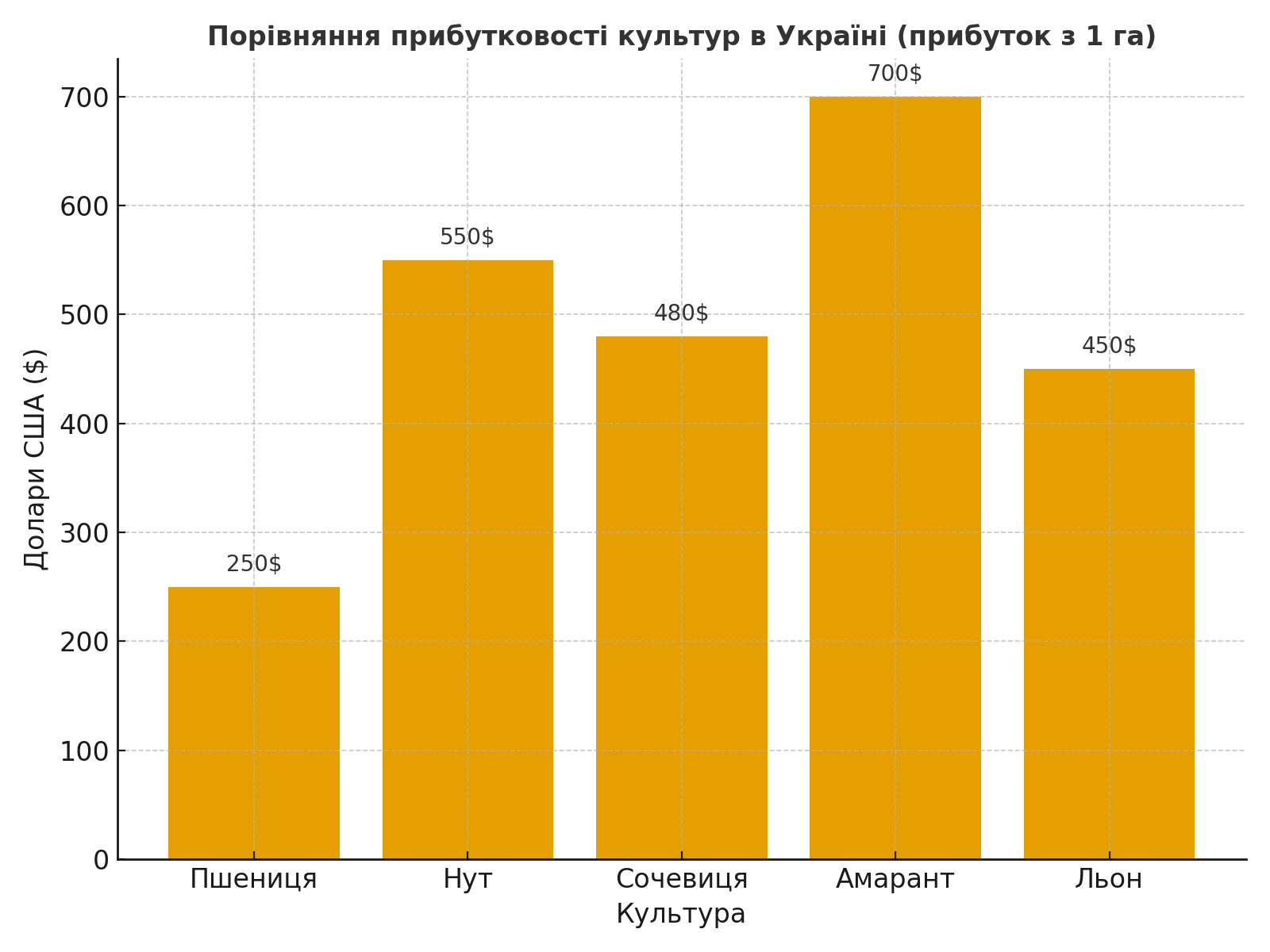
The average profit from 1 hectare of wheat is $200–300. For chickpeas, this figure can be $500–600, for lentils — $450–500, for amaranth — up to $700. The profitability of flax and coriander reaches 40–60%. At the same time, the sown areas of niche crops in Ukraine are still small, so the competition is less than in the wheat or corn market.
Steps to transition to niche crops
- Market analysis. Study the demand in your region and export opportunities.
- Soil assessment. Not all crops are suitable for every zone, agrochemical analysis is required.
- Financial calculation. Compare costs for seeds, fertilizers, equipment, logistics.
- Search for partners. Processors, traders, cooperatives will help with sales.
- Pilot project. Start with a few hectares, gradually expand the area.
Risks and how to avoid them
- Price fluctuations. Diversify your crops — sow 2–3 crops at the same time.
- Lack of experience. Work with agronomists or producer associations.
- The complexity of exporting. Certification and product quality are the key to entering European markets.
- Climatic conditions. Choose crops that suit your zone—sorghum for the south, lentils for the east, amaranth and chickpeas for steppe regions.
Experience of Ukrainian farmers
A company from Mykolaiv region has allocated over 5 thousand hectares for flax, coriander and mustard. About 70% of the crop is exported to the EU. Profitability is 1.5–2 times higher than when growing wheat.
In the Poltava region, farmers are gradually switching to chickpeas: they started with 50 hectares, and now they sow over 300. Demand exceeds supply, which guarantees favorable prices.
Conclusions
Switching from wheat to niche crops is not an experiment, but a strategic step. It allows you to increase profitability, reduce risks and diversify the farm. It is important to approach this gradually: analyze, calculate, try. And it is those farmers who take this step first who will receive the greatest benefits.

